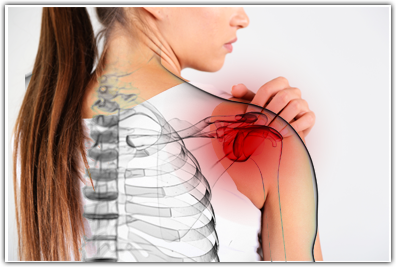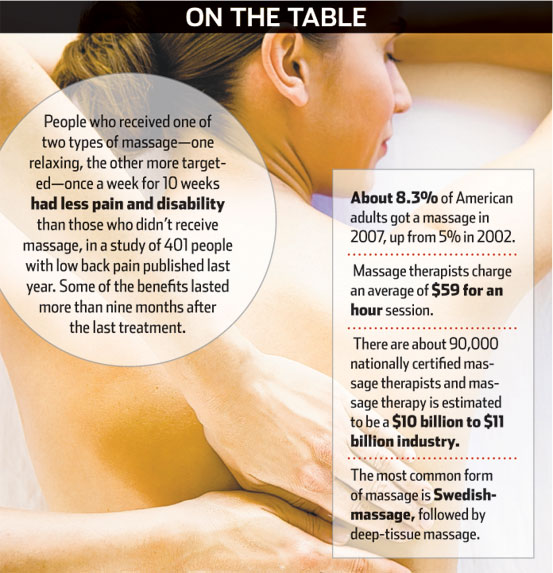After and injury, your body can become tight and your movements inhibited, as the body heals from the trauma of injury. This can be caused by a number of things. Once it’s clear that you haven’t broken or cracked any bones, you can move on to finding the culprit of your inhibited movement. Swelling (increased blood flow and fluid to the affected area) will restrain movement and can occur with any injury. Since it usually reaches its apex in the 48 to 72 hours following injury, it is best to apply cold compresses and elevate the injury during this time to reduce the amount of swelling. If there are no tears, bruises or strains to any ligaments or cartilage at the injury site and you are past the swelling phase and normal recovery time but still find your range of motion at the site of injury is reduced, you may be looking at scar tissue or adhesions.
The word scar was derived from the Greek word schara, meaning place of fire (fireplace). Tissue can either regenerate (not form scars and the tissue grows back exactly as before) or scar. Scar tissue is always laid down by the body wherever there is damage to tissue due to trauma, inflammation or surgery. The body sends new cells to the area of injury to “fill the hole” and stop the leak. The body puts together new fibers that are not as functional as the original tissue, but that serve as a protective, useful barrier. When this barrier is completely healed, it is known as a scar.
Thicker than the surrounding tissue, scar tissue is paler in color and heavier in denser because it has a limited blood supply. Though it takes the place of damaged or destroyed tissue, its functions are limited, including movement, circulation, and sensation. Scar tissue in the skin is inferior to healthy, normal skin for several reasons: sweat glands are damaged or destroyed, hair does not grow back, and there is less resistance to ultraviolet radiation. You can never completely get rid of these scars, but you can do things to minimize their appearance, increase the area’s sensation and usability. For external scarring, you can use vitamin E oil or creams on the tissue while it’s healing, helping to keep it more supple softening the effects of scarring. Once the tissue has healed, acupuncture can also be used to help reduce the scar’s visibility and increase sensation in the affected area. For both internal and external scar tissue, you can also massage the area regularly to help the cells re-organize themselves into a more functional unit. Bodywork and advice from a licensed massage therapist can assist you maximizing your body’s functions, post injury. If you have concerns about lack of flexibility or tightness in any areas, previously injured or not, please speak with us about it at your next appointment. We can help.
As always, use your best judgment when you’ve sustained an injury and see your health care professional, should your injury require immediate attention.
Look for the next installment on adhesions and how bodywork can increase your mobility.





